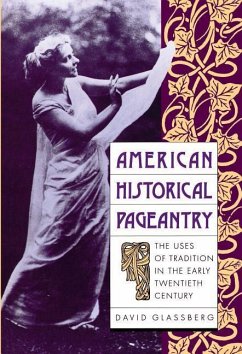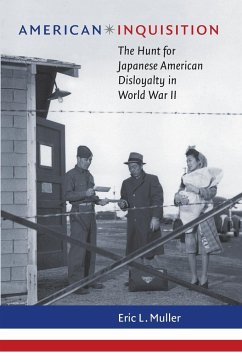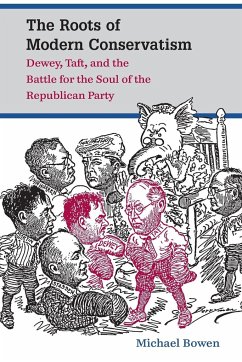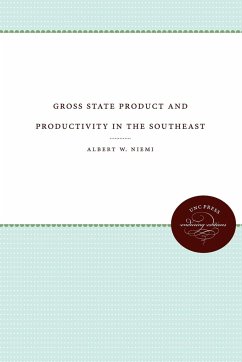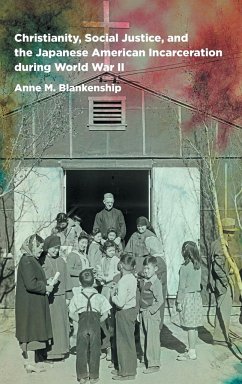What images shape Americans' perceptions of their past? How do particular versions of history become the public history? And how have these views changed over time? David Glassberg explores these important questions by examining the pageantry craze of the early twentieth century, a time when thousands of Americans joined in civic celebrations by acting out dramatic episodes from their towns' history. His analysis contributes a new perspective to the debate about the allegedly declining interest of Americans in their own history. At its peak, between 1910 and 1917, pageantry blended elements of the historical oration and the carnival parade and served as a vehicle for local boosterism, patriotic moralizing, and popular entertainment. Many of its promoters, immersed in the world of progressive reform movements, also viewed pageantry as a dramatic public ritual that could bring about social and political transformation. But embedded within the pageant form was a glorification of a distant past at the expense of the present, a facet of American culture that would later become even more prominent. By the mid-twentieth century, Glassberg shows, public imagery had begun to depict the past as something without ongoing significance for either the present or the future. At the same time, narratives of local community developmentt had given way to an emphasis on national unity, and the popularity of pageantry as a way of representing history in civic celebrations waned. By 1937, when Paul Green's The Lost Colony opened in Manteo, North Carolina, the historical pageant had become primarily a professionally produced drama depicting a particular period of the past frozen in time for tourists rather than the reenactment of a larger sweep of town history by and for its residents. Illustrated with more than 100 black-and-white photographs, this portrait of pageantry's development and decline makes public historical celebrations come alive once again.
Hinweis: Dieser Artikel kann nur an eine deutsche Lieferadresse ausgeliefert werden.
Hinweis: Dieser Artikel kann nur an eine deutsche Lieferadresse ausgeliefert werden.

